By Frédéric de Kemmeter – Railway signalling and freelance copywriter – Suscribe my blog
02/01/2022 – (Version en français)
🟧 Back to homepage 🟧 See our brief news
The year of the railways may be over, but not the future of the railways, which can already present itself as a low-carbon transport solution. Revitalising rail requires a clear understanding of its business model and bringing together all the players, each with their own specialities and strengths.
A sophisticated infrastructure
The railway is characterised by its infrastructure, which is very different from other means of transport. The plane only needs a few kilometres of runways, and the air is free, or almost free (you have to pay for air traffic control). Aeroplane runways and roads for cars are « simple » infrastructures: an underlay, asphalt, and a rainwater drainage system. That’s all there is to it. On the road network, there are very few cables (lighting) and no management of millions of mobiles by a control centre. The only thing that is done is to measure road congestion by control cameras. All this makes the road so cheap. Rail, on the other hand, needs permanent monitoring and each train requires a permission to run. The metal of the rails is used to detect where a train is, with the help of track circuits. Aviation and shipping can make do with radar and radio, which are much cheaper.
Fixed Costs
This highly technical nature of the railway infrastructure results in high fixed costs. Fixed costs can be either “fixed into the ground” costs or even mobile asset costs. These costs have a strong impact on the rail mode business model.
Railways cost structures are at their most highly competitive when railways can operate large trains, well-loaded with traffic, over a heavily used network, by organizations with a lean and market-oriented corporate management.
Train size and payload provide train operating economies; train density plus heavy network use provide infrastructure economies; and corporate structure yields administrative overhead economies. This is the model for large networks such as in the United States and Australia.
But in Europe, it is quite different. Many European countries maintain railway policies and business models which do not allow for massification, either by train length or by traffic density.
In addition, Europe is characterised by a strong mix of different traffic, with express, local and freight trains. Each of these trains pays its toll differently and each country has adopted its own way of calculating and subsidising it. This does not help to create a unified European railway.
It is difficult to avoid fixed infrastructure costs. The only way to do this is to reduce the cost of rail tolls, but this has an impact on the revenues of infrastructure managers.
These incompressible fixed costs mean that work must be done on service and the quality of train services. However, to avoid the infrastructure managers’ finances plunging, this also means changing an old mindset.
Change of mindset
It is curious to note that in the minds of many people, and many politicians, the fact that everyone uses a road makes it de facto « collective »: everyone pays a small national annual fee and drives as they please. In the case of railways, the infrastructure has never been considered as « collective » but as « owned » by a single operator, under the pretext of its sophisticated technological system.
The result is that while the already lower costs of roads are spread over millions of citizens, the costs of rail infrastructure are borne by the single operator who uses it. A monopoly operator, often penniless, has great difficulty in passing on infrastructure costs to a clientele that is already in the minority (10% modal share in Europe).
Therefore a country like Spain, which is seeing the debt of its high-speed network rise, has decided to share the costs between several operators, not just one. Spain has therefore liberalised, not in an anarchy, but by a strong framework.

The railway is everyone’s business
Today, it is the manufacturers who have taken the lead in innovation. This has made it possible to build locomotives and railcars that are saleable throughout Europe, not just for one network. Battery and hydrogen powered vehicles, as well as progress in ATO (Automatic Train Operations), are also an industry initiative, although no rail operator was initially interested.
This brings to mind Elon Musk’s recent reflection in the Financial Time, explaining the Tesla journey: ‘For a long time, the car industry was basically calling Tesla and me fools and frauds,‘ he explains. ‘Until we started taking market share from them in a meaningful way, they didn’t react.’ You can think what you like about Musk, but the Financial Times has chosen Elon Musk as its Person of the Year for 2021 for bringing about a historic change in the car industry.
Does the railway sector need to become something disruptive? This still provokes debates between the old and the modernists. There is certainly no Elon Musk in the rail industry, which is obviously not suited to industrial risk in the same way that the car or aviation industry is. However, this is no reason to make the train as « which have something special », expensive and forever without money. On the contrary, this sector must be opened up to others, to everyone. There are two reasons for this: firstly, because of the new ideas that could reinvigorate a 200-year-old technique.
Secondly, because of the large amount of money that some investors have at their disposal. Investing in new trains and new services would allow states to focus their investments on infrastructure with the meagre resources they seem to have.
This is what is happening with the car industry, aviation and major seaports. When each one has its own role, it can be called a global productive investment. The more players there are, the more money comes to the table and the more taxes go into the state coffers.
However, having multiple actors should not be an end in itself. There needs to be a real contribution to rail mobility. In some circumstances, it is necessary to review policies that were once valid but no longer work as well as they should. For example, the pandemic has brought the costs of regional rail back to the forefront and in some cases this requires new legal adjustments and more financial security, as we can recently see in the Ruhr, Norway or especially in Great Britain.
In addition, political authorities must be careful to avoid making the cost of running the train more expensive to satisfy temporary electoral needs. This would give golden arguments to the car and aviation industries to demonstrate that their solutions are cheaper for public finances.
Any bad signal from the railways will result in a flight of investors and therefore even less available finance. In several European countries, the debts accumulated during the pandemic are already leading to major financial tightening , with the rail infrastructure being the main victim. And no one knows, in two or three years’ time, what will be left of the promises made in other countries recently subjected to the verdict of the voters…
Making sense
This does not exempt operators from improving the quality of life of rail workers. It is not always a question of money, but of the quality of the work and the coherence with the private life of everyone. A real challenge that should not be a hindrance. Today’s railway workers don’t live like they did yesterday, and their children have other ideas in mind. We need to be didactic, to explain that, no, a new operator is not there to « eat the bread of others », and that the ATO is not designed to « fire the drivers », but to bring trains closer together with increased and measured safety.
It may also be necessary to explain that a career on the railways is not a military career in a closed environment. It is to be at the service of an open transport tool which, for more than 50 years, has been largely decarbonised. This alone gives meaning to the work of railway workers…
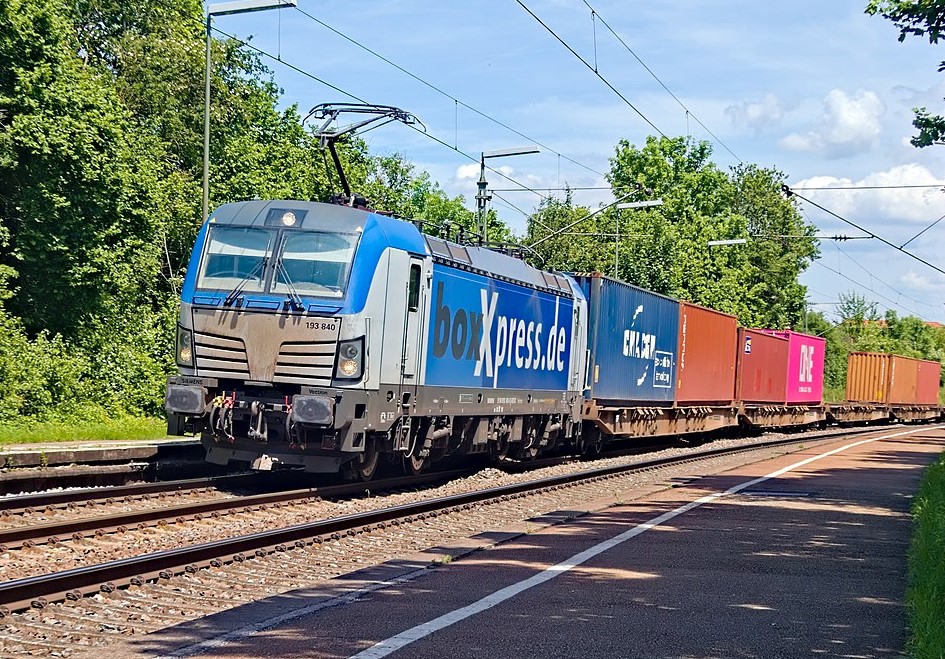
02/01/2022 – By Frédéric de Kemmeter – Railway signalling and freelance copywriter
Suscribe my blog
Related topics:
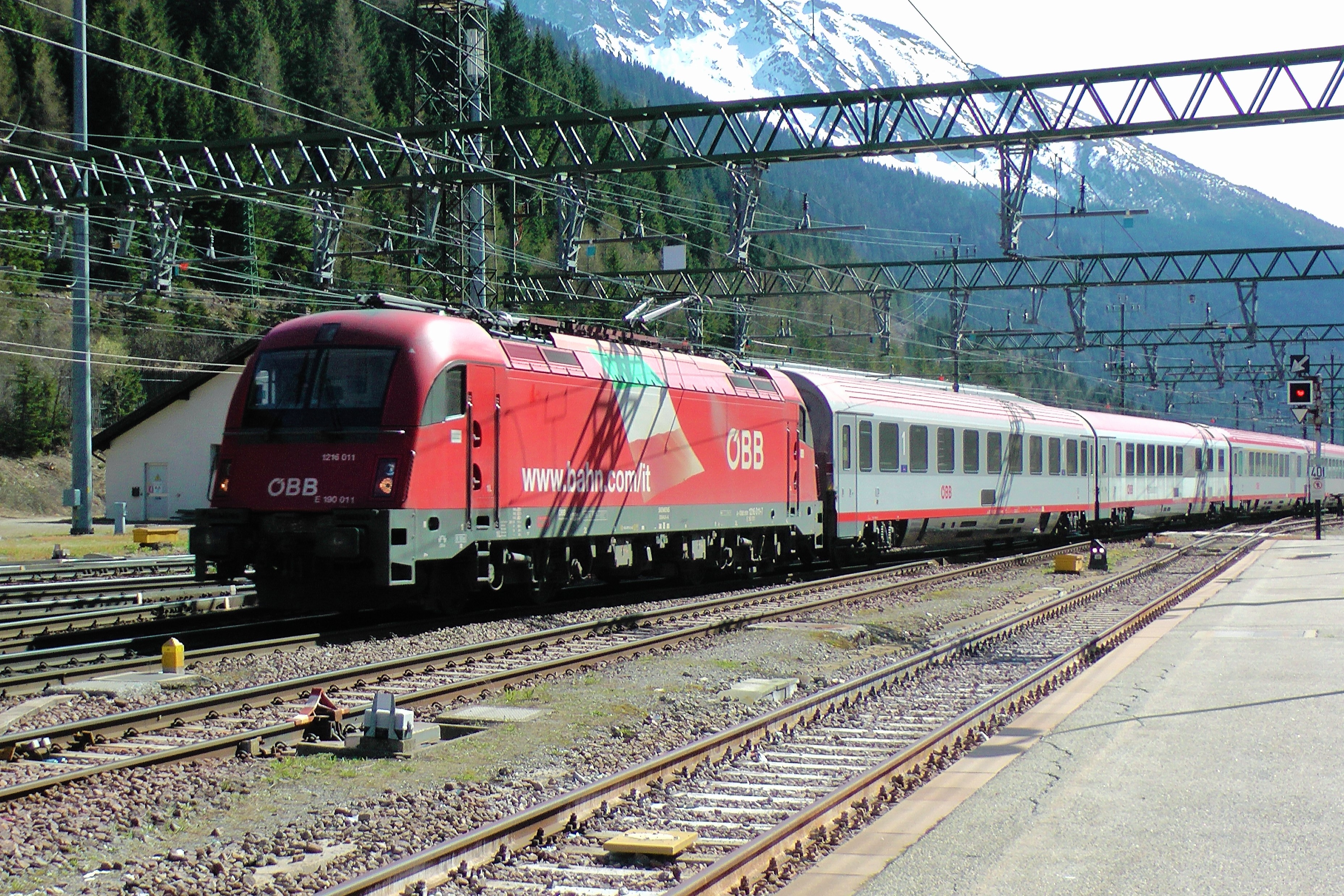 Intercity, a train not to be forgotten in Europe
Intercity, a train not to be forgotten in Europe
12/12/2021 – Standardisation, volume and competition from aviation. This is the main focus of the long distance policy of the railway companies. To achieve this, they have relied on high speed, forgetting a little about the added value of the classic Intercity train.
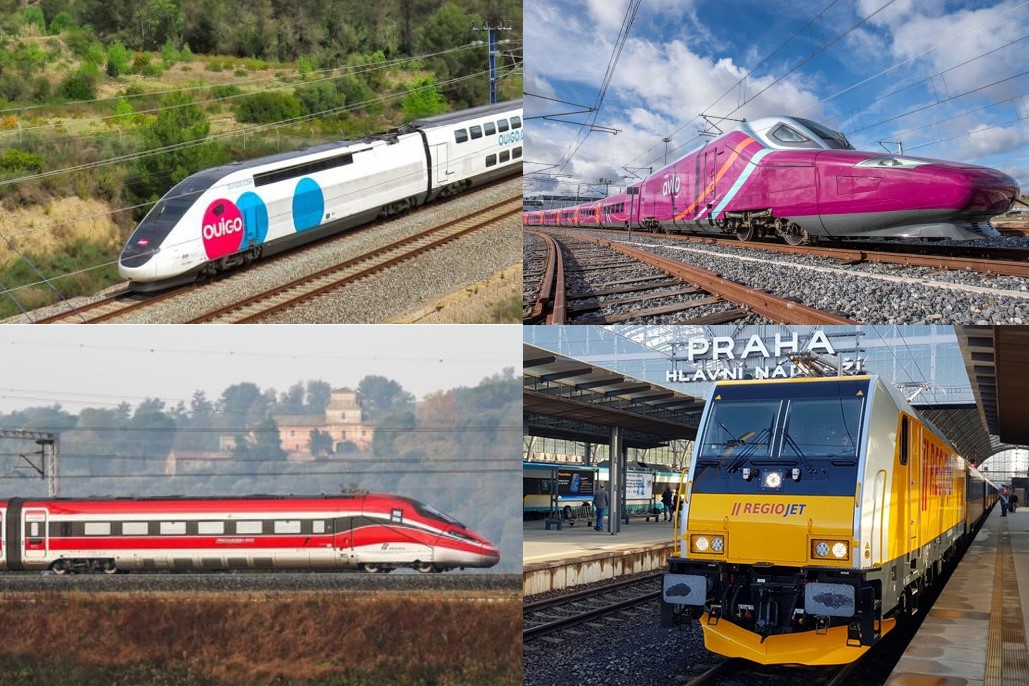 What’s new about long distance operators?
What’s new about long distance operators?
22/08/2021 – There is a lot of movement among the long-distance operators in Europe. This is an opportunity for a brief summary as we enter the last quarter of 2021, featured Trenitalia, Ouigo Espana, REgioJet and Renfe. xxxxxxxxxxxxxxxxxxxxxxxxxxxxx xxxxx xxxxxxxxxx xxxxxxxxxx xxxxxxxxxxx
 Moving from product to customer: can rail learn from Gafam?
Moving from product to customer: can rail learn from Gafam?
20/06/2021 – Moving from a « product » policy to a « customer » policy is a real challenge for rail. The weight of assets (trains-infrastructure) and cultural habits still largely shape rail policy, but there are, however, some reasons for hope.
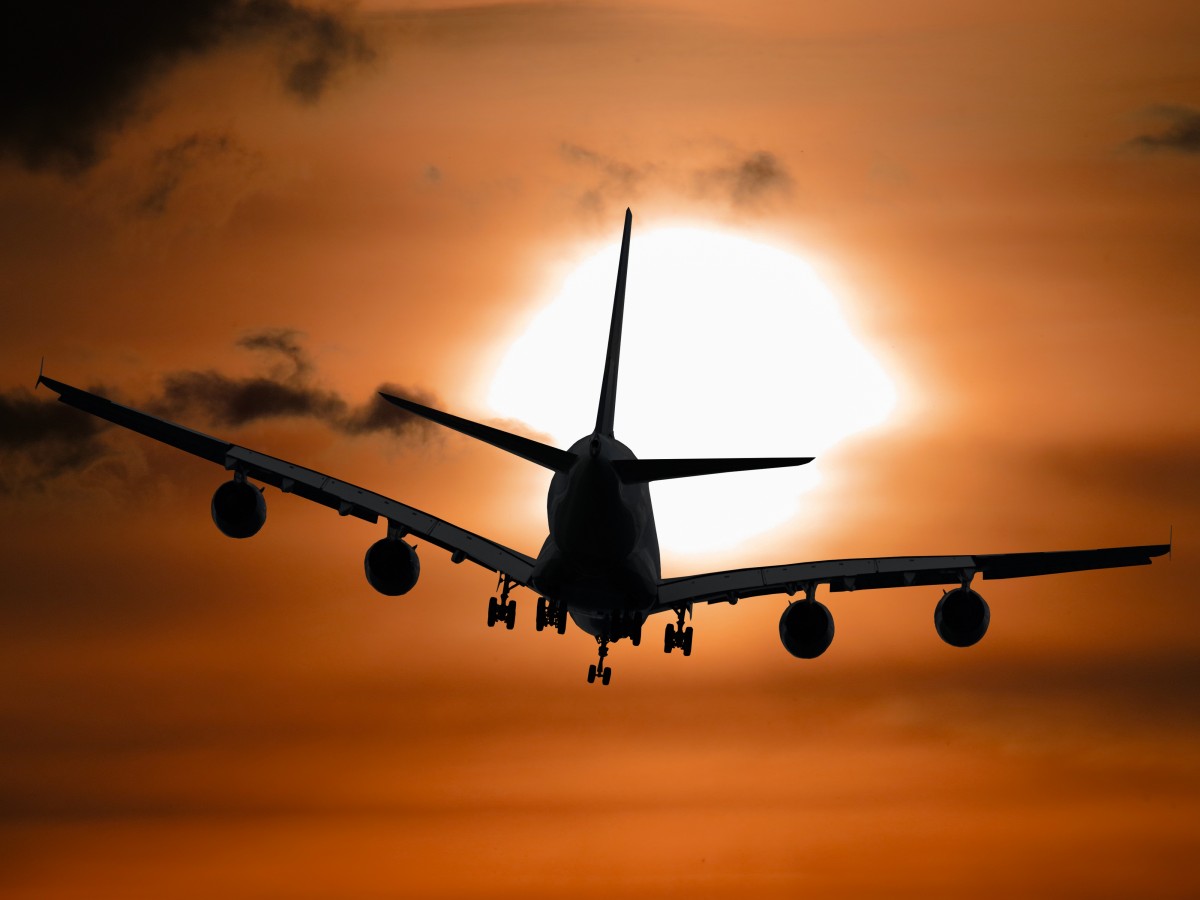 Can the train really replace the plane?
Can the train really replace the plane?
28/06/2021 – The train could replace some 500 to 1000km flights. Mentalities seem to be evolving in this direction and the average travel time would increase. But there are still a number of conditions for this replacement. xxxxxxxxxxxxxxxxxxxxxxxxxxxxx xxxxx xxxxxxxxxx xxxxxxxxxx xxxxxxxxxxx
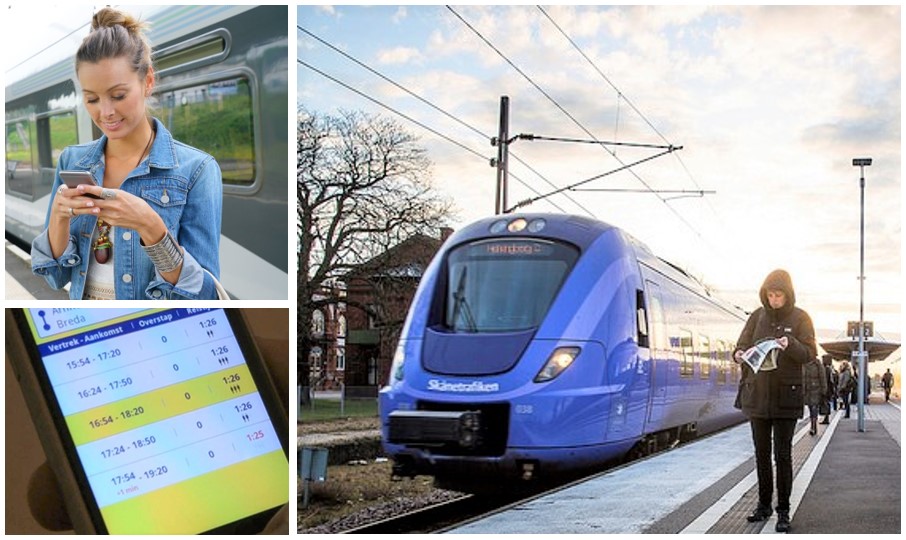 Datas and mobile app: a new weapon to dominate
Datas and mobile app: a new weapon to dominate
02/01/2021 – How mobile app are becoming a weapon for one company to dominate rail transport. The question is whether this is how there will be a modal shiftxxxxxxxxxxxxxxxxxxxxxxxxxxxxx xxxxx xxxxxxxxxx xxxxxxxxxx xxxxxxxxxxx
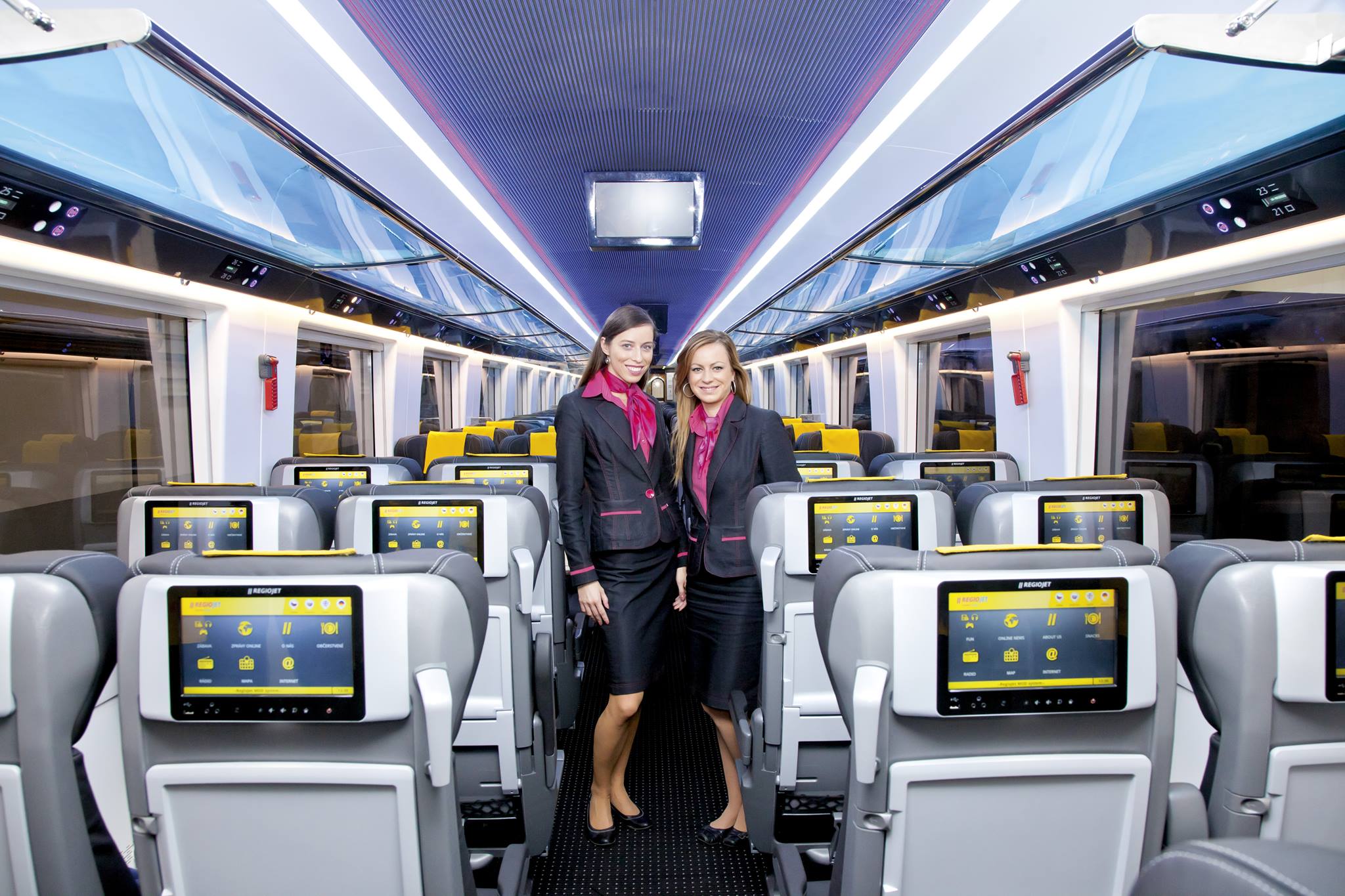 A pool of vehicles could facilitate access for operators of pulled trains
A pool of vehicles could facilitate access for operators of pulled trains
26/10/2020 – One of the problems facing new entrants is the acquisition of rolling stock. Leasing formulas exist for traction equipment, but less so for pulled equipment. This can be an obstacle, especially for night trains.
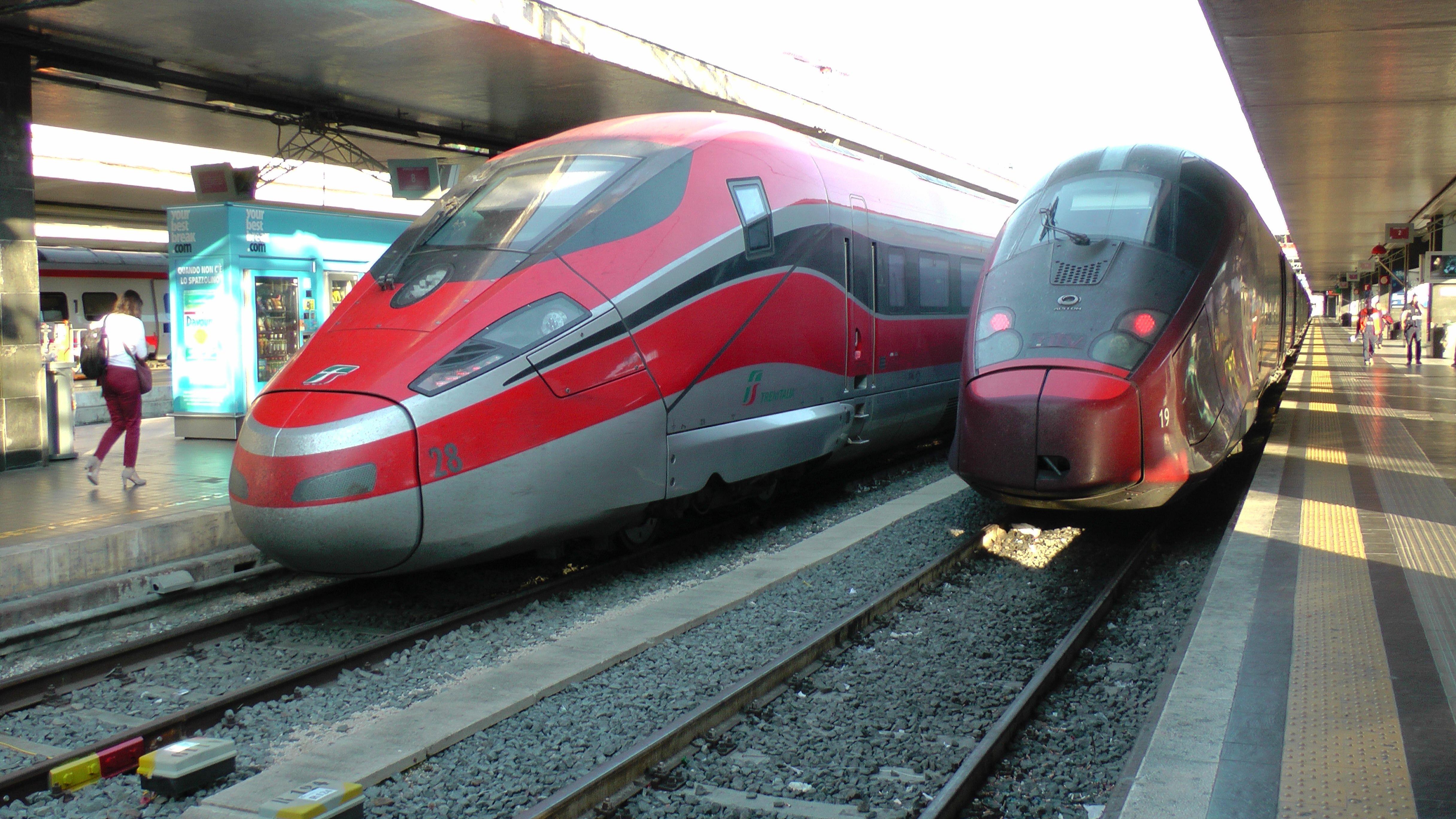 More operators are needed to contribute to more modal shift
More operators are needed to contribute to more modal shift
16/08/2020 – The railway is not able to cover a maximum of our mobility needs. Not really because there are other modes of transport, but because there are not enough operators and innovation.


Vous devez être connecté pour poster un commentaire.